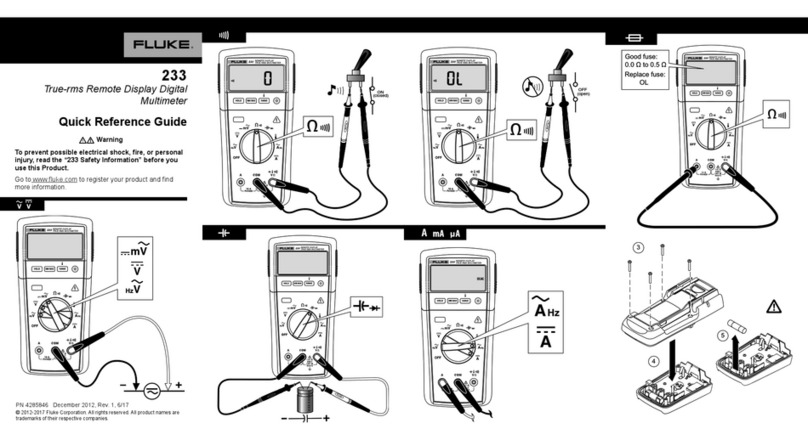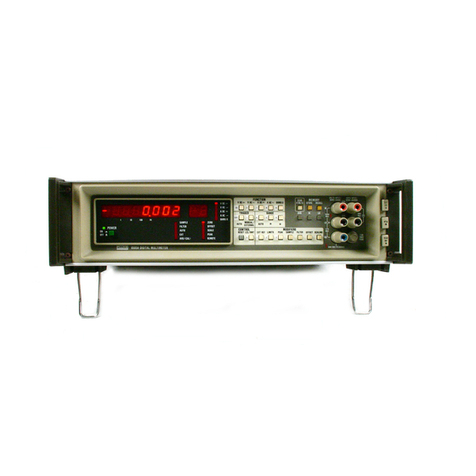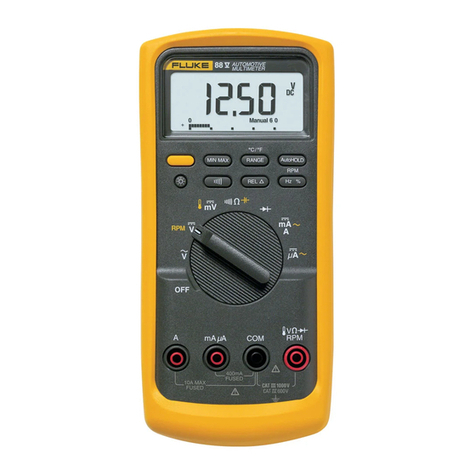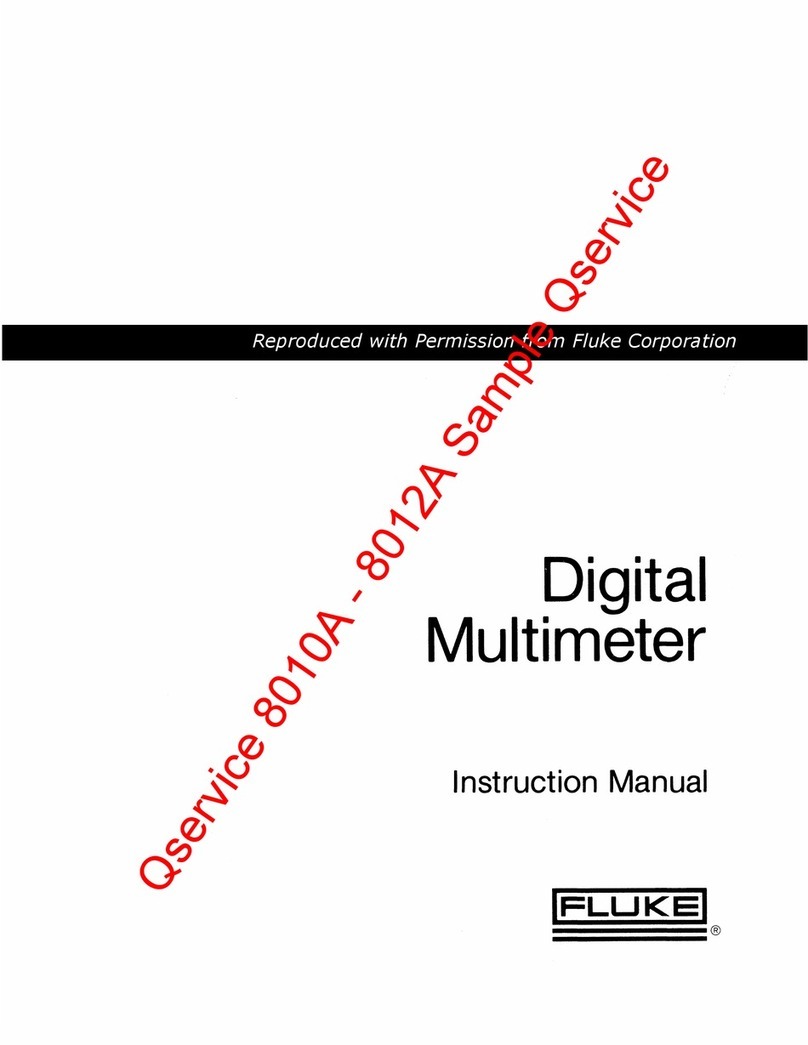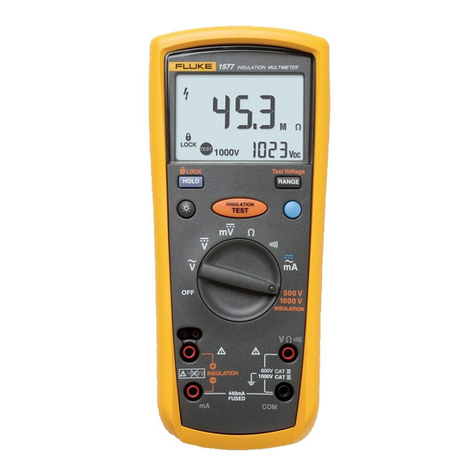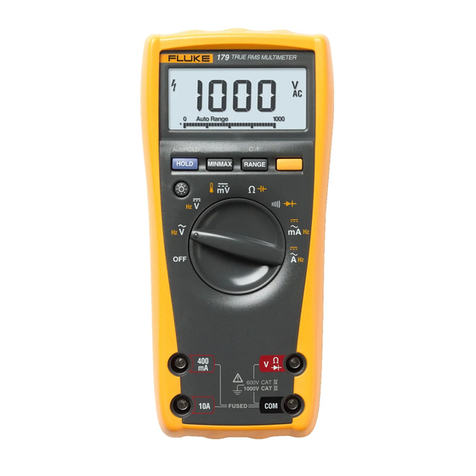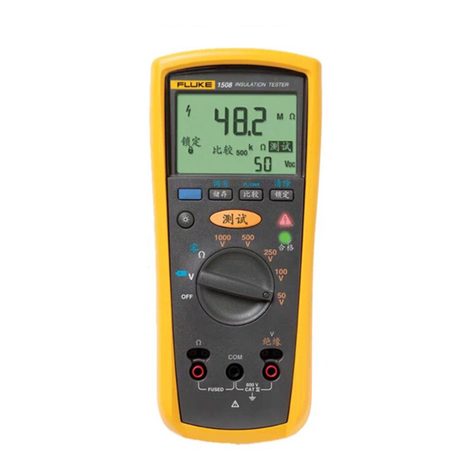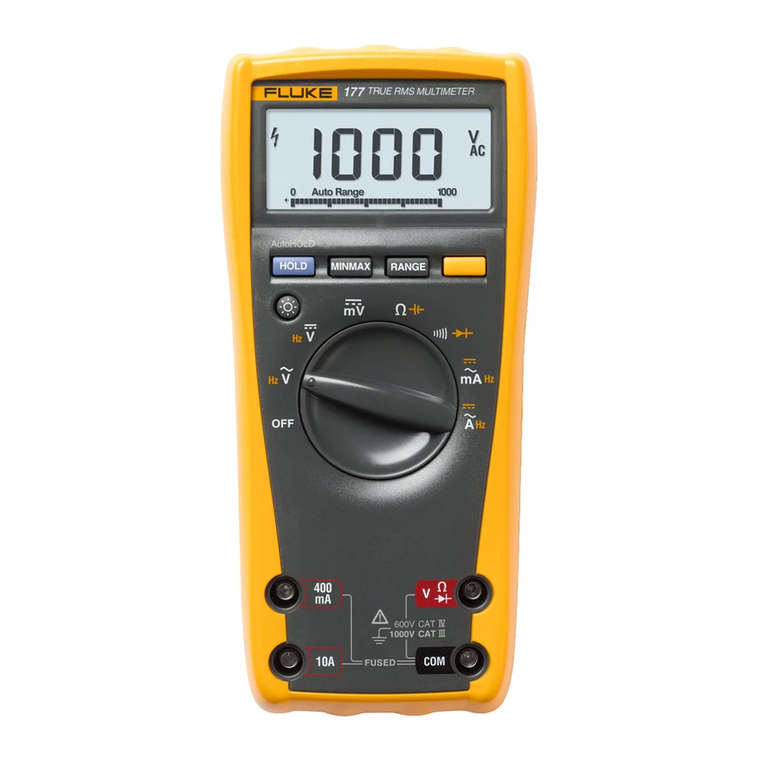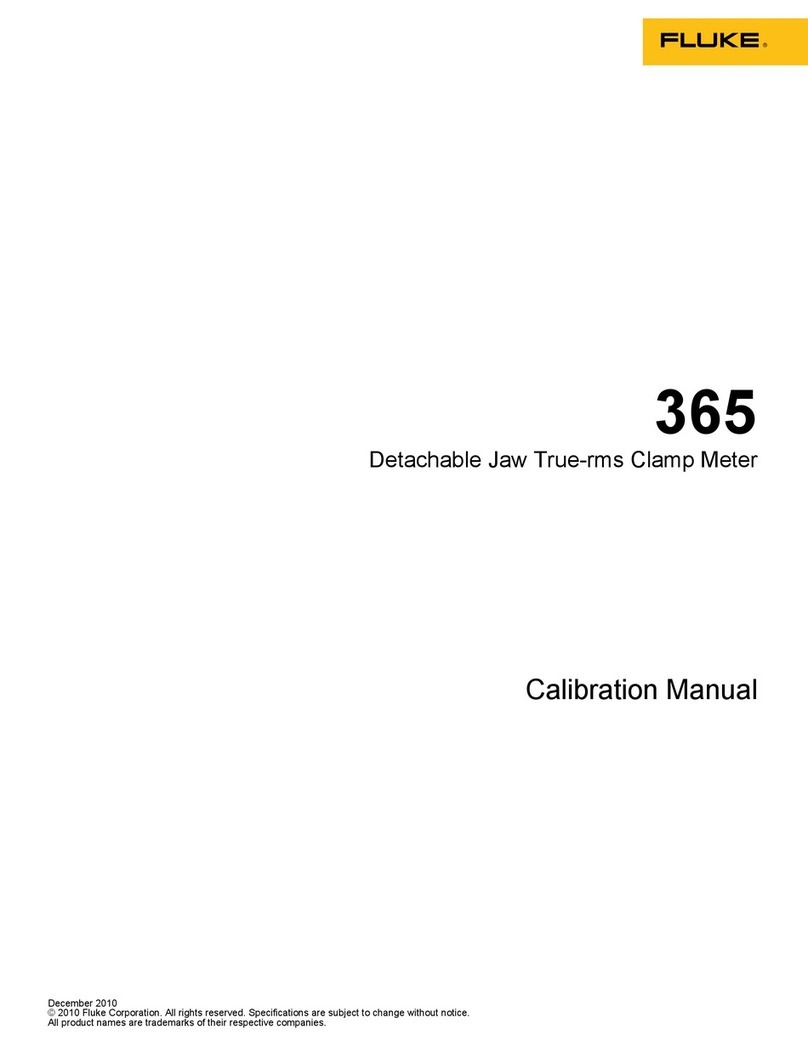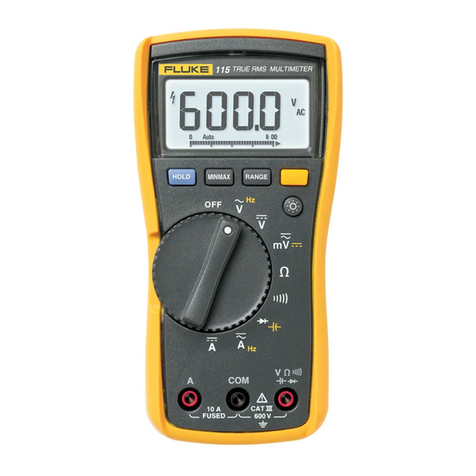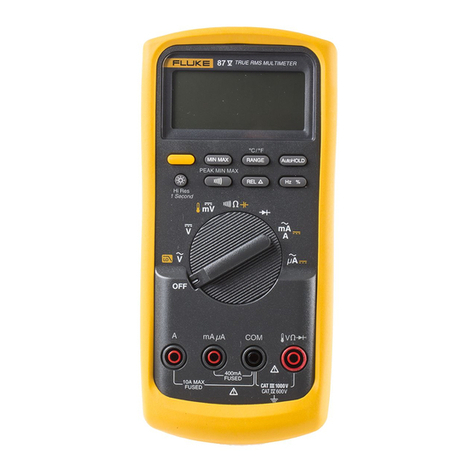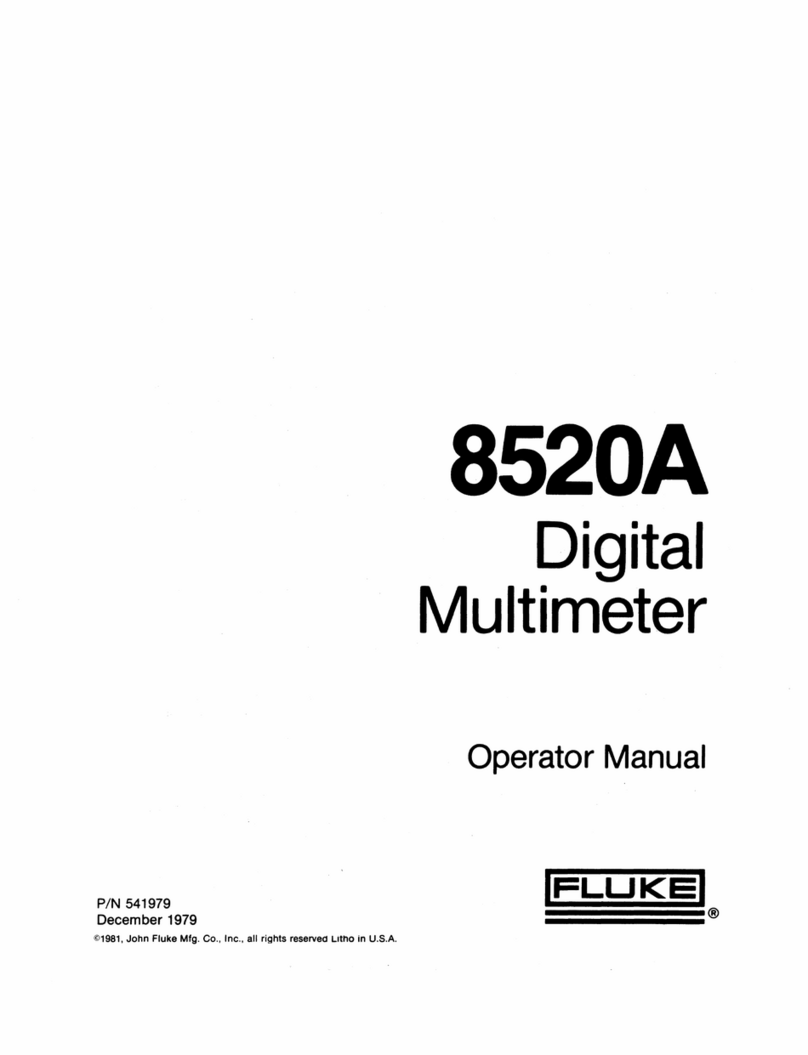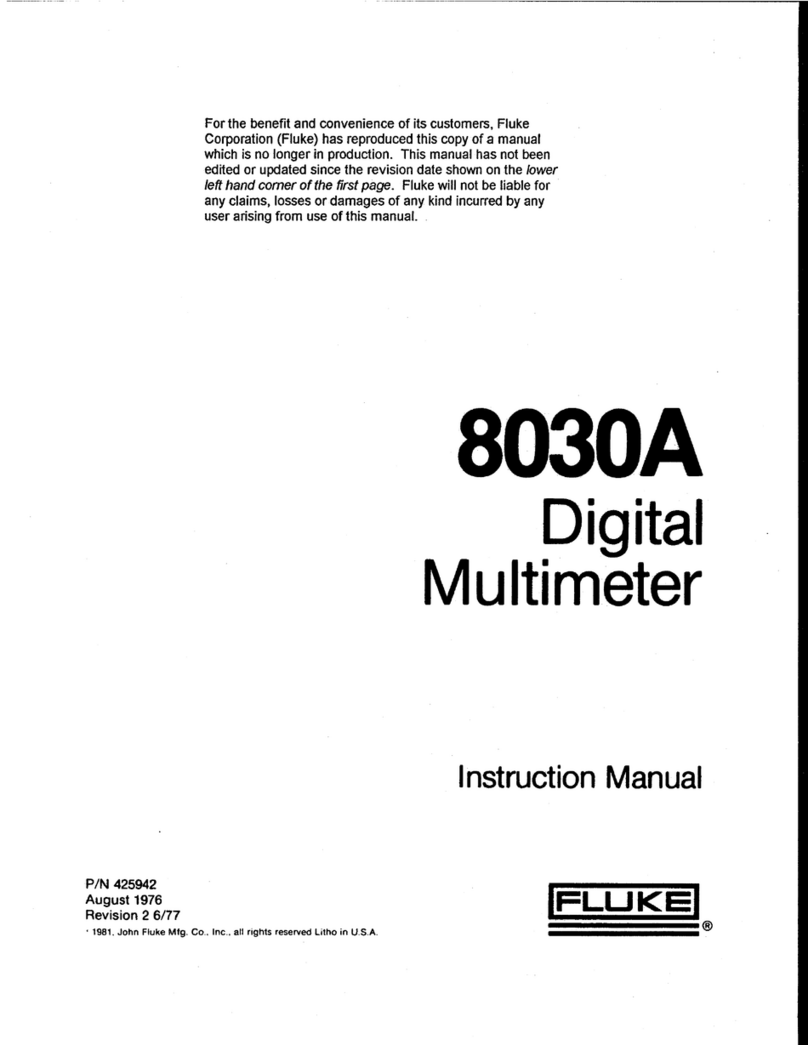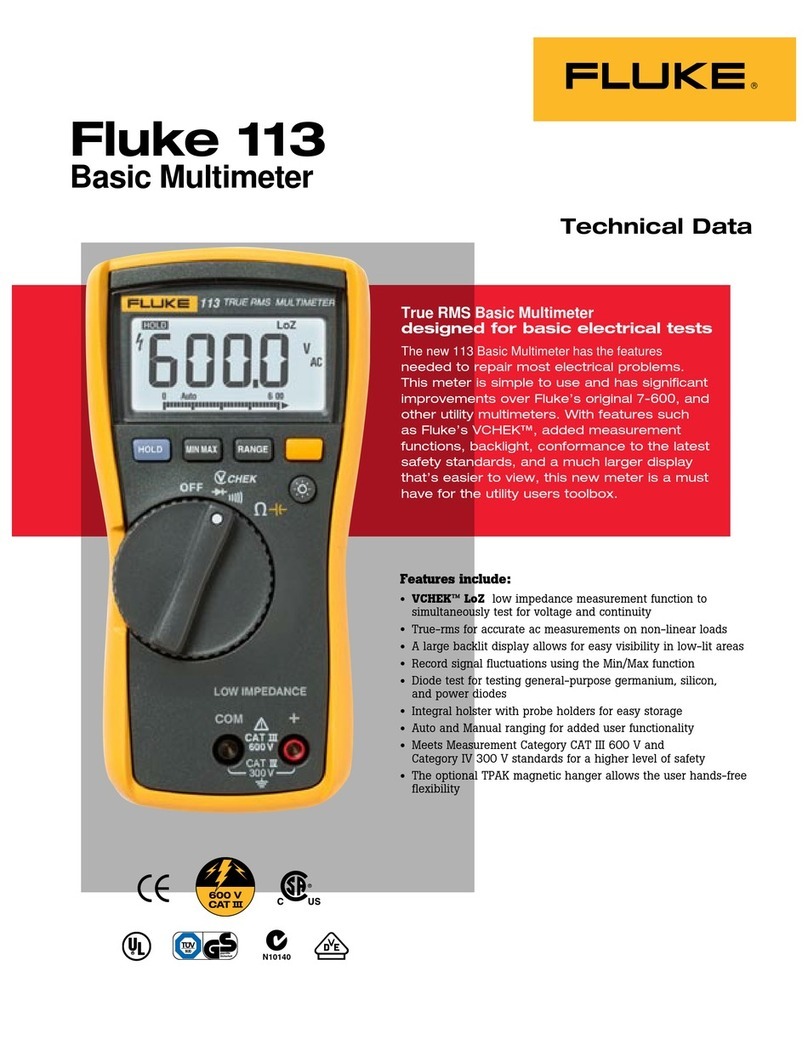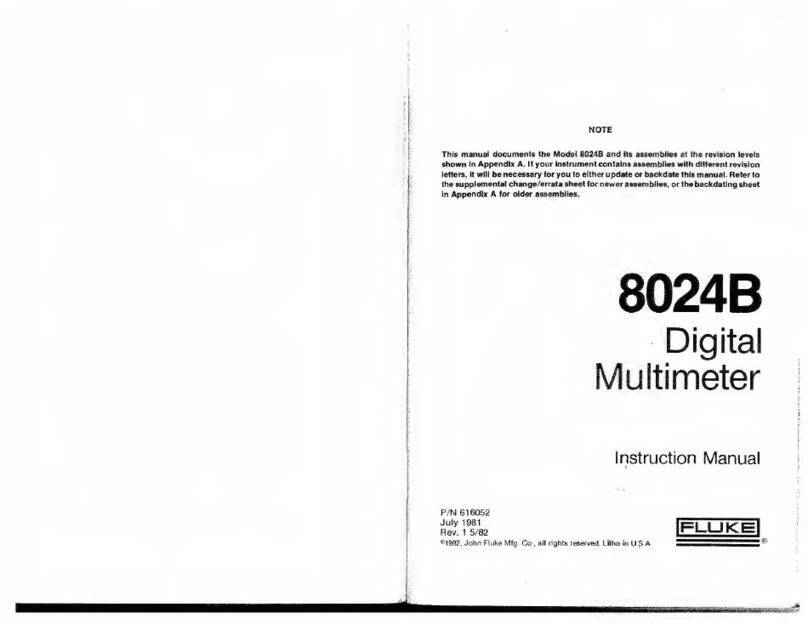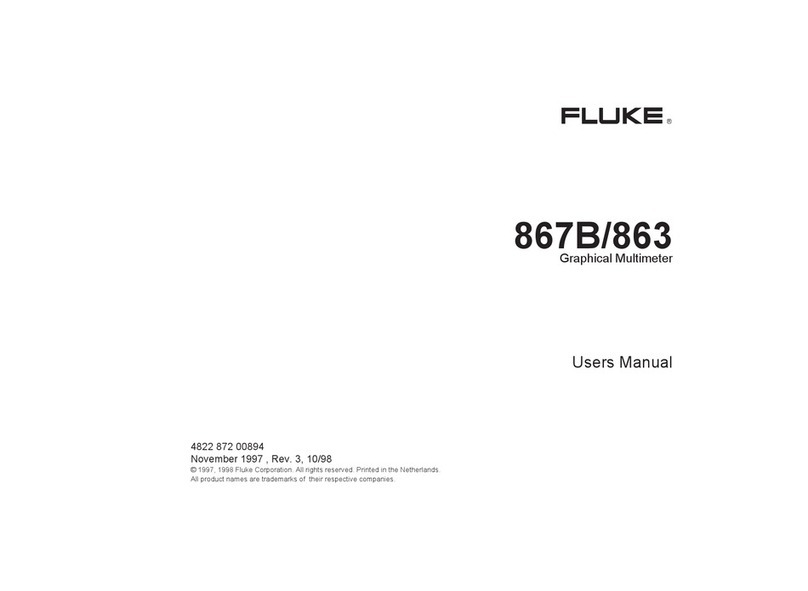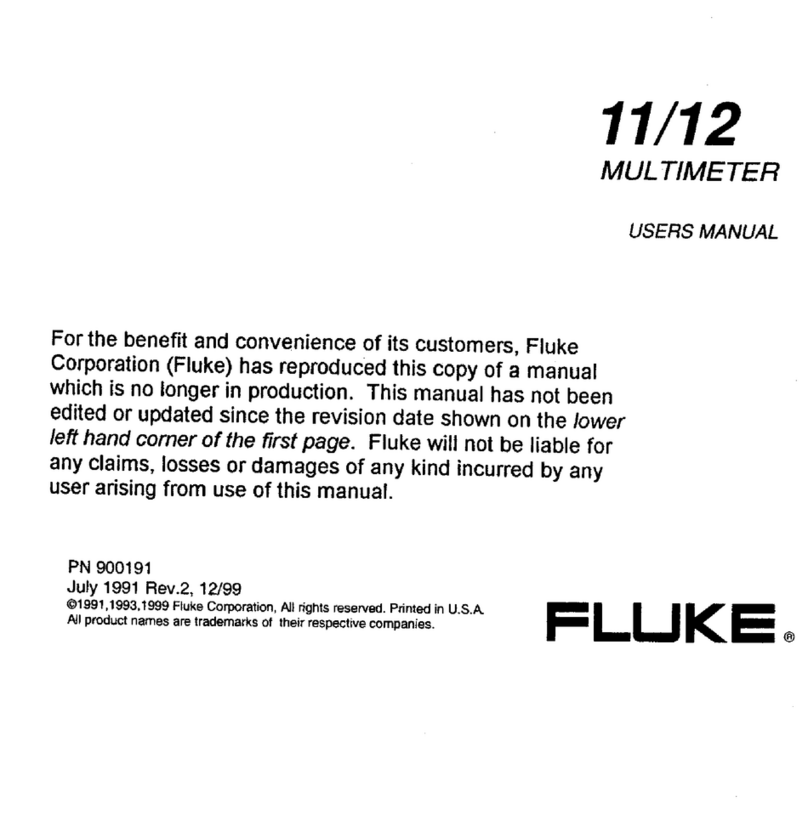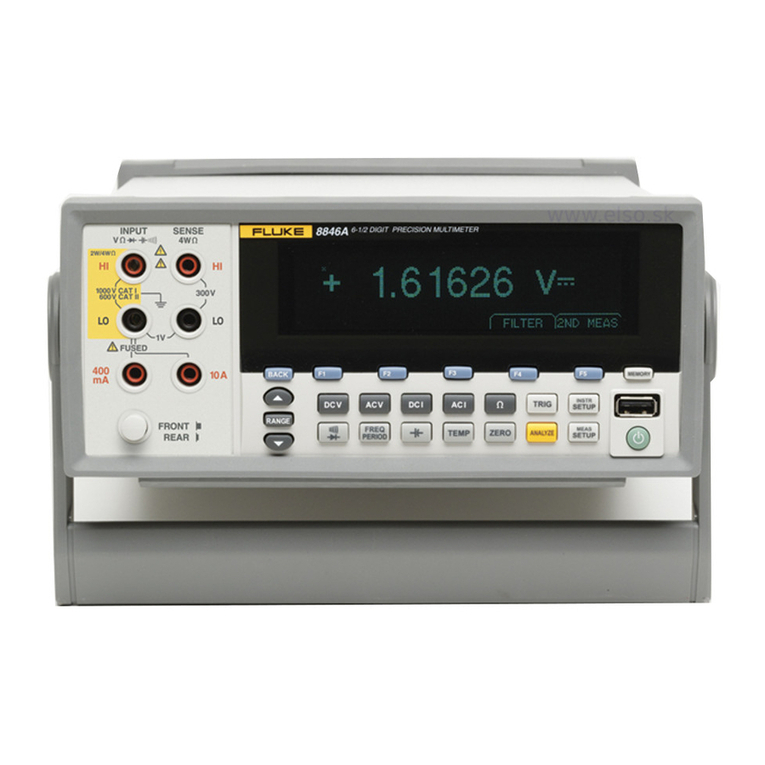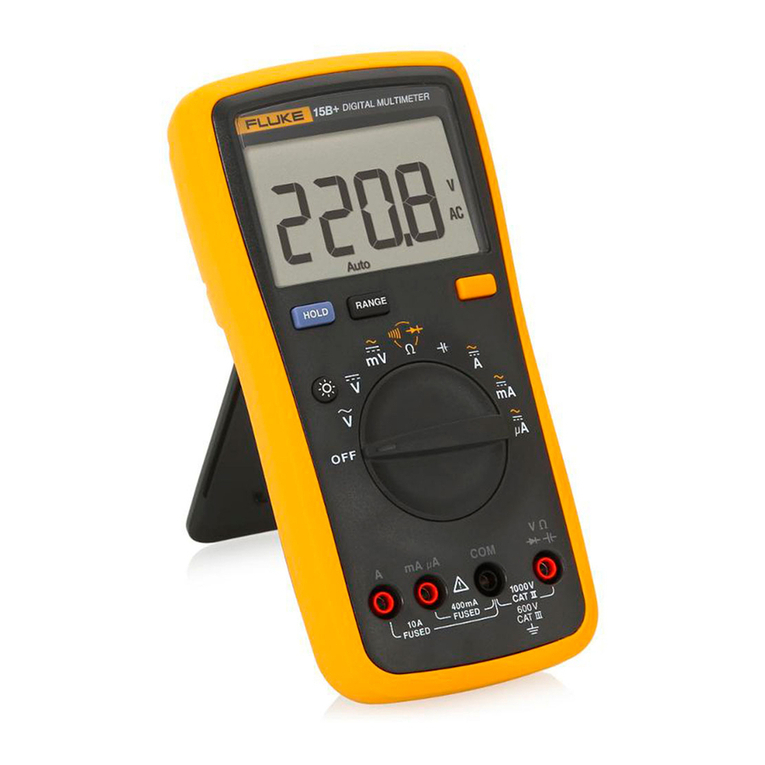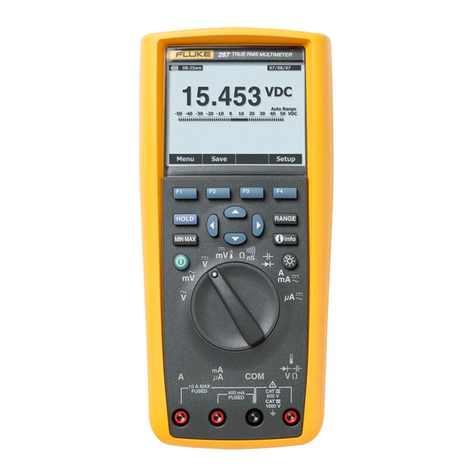
Contents (continued)
Displaying Maximum, Minimum, and Peak-to-Peak Readings .................... 3-33
MAX Menu ............................................................................................... 3-33
Limit-Checking ......................................................................................... 3-33
Monitor Menu Tree ....................................................................................... 3-34
Utility................................................................................................................. 3-34
Using the Selftest Functions .............................................................................. 3-37
Test Menu Tree.............................................................................................. 3-38
Test Key ........................................................................................................ 3-39
Using the Math Functions.................................................................................. 3-40
Math Functions and Menu Tree..................................................................... 3-40
Math Configuration ....................................................................................... 3-41
Clear Functions .................................................................................................. 3-42
4 Remote Operations Using the IEEE 488 Interface............................ 4-1
Introduction........................................................................................................ 4-3
Interface Capability: IEEE Standards 488.1 and 488.2 ..................................... 4-3
The Multimeter in IEEE 488.2 Terminology ................................................ 4-3
Programming Options ................................................................................... 4-3
Capability Codes ........................................................................................... 4-3
Interconnections................................................................................................. 4-4
Using the 8508A Reference Multimeter in a System ........................................ 4-5
Setting the Multimeter Address..................................................................... 4-5
Remote Operation General Considerations ................................................... 4-5
Syntax Diagrams in this Manual ................................................................... 4-5
The 8508A Status Reporting Structure.......................................................... 4-8
Types of Status Information Available.......................................................... 4-9
Syntax Diagrams of Major 8508A Functions .................................................... 4-10
DC Voltage.................................................................................................... 4-10
AC Voltage.................................................................................................... 4-11
Resistance: Normal OHMS ........................................................................... 4-13
Resistance: High Voltage OHMS.................................................................. 4-14
Resistance: True OHMS................................................................................ 4-15
DC Current .................................................................................................... 4-16
AC Current .................................................................................................... 4-17
Using Platinum Resistance Thermometers to obtain Temperature. .............. 4-18
Determine the PRT identity........................................................................... 4-18
Entering or Editing the Characteristics of a PRT to Non-volatile Store....... 4-19
Recalling the Characteristics of a Known PRT ............................................. 4-20
Deleting a Known PRT from the Non-volatile Store .................................... 4-20
Input............................................................................................................... 4-21
Guard ............................................................................................................. 4-21
Measurement Gate Width.............................................................................. 4-22
Maximum, Minimum and Peak-Peak............................................................ 4-22
Limits............................................................................................................. 4-24
Recall Limits ................................................................................................. 4-24
Enable Limits................................................................................................. 4-24
Standard Deviation ........................................................................................ 4-25
Syntax Diagrams of Math Functions ................................................................. 4-25
Averaging ...................................................................................................... 4-25
Multiplication ................................................................................................ 4-27
Subtraction..................................................................................................... 4-28
Division ......................................................................................................... 4-29
Decibel Calculations...................................................................................... 4-30
Syntax Diagram of Test ..................................................................................... 4-31
iii






